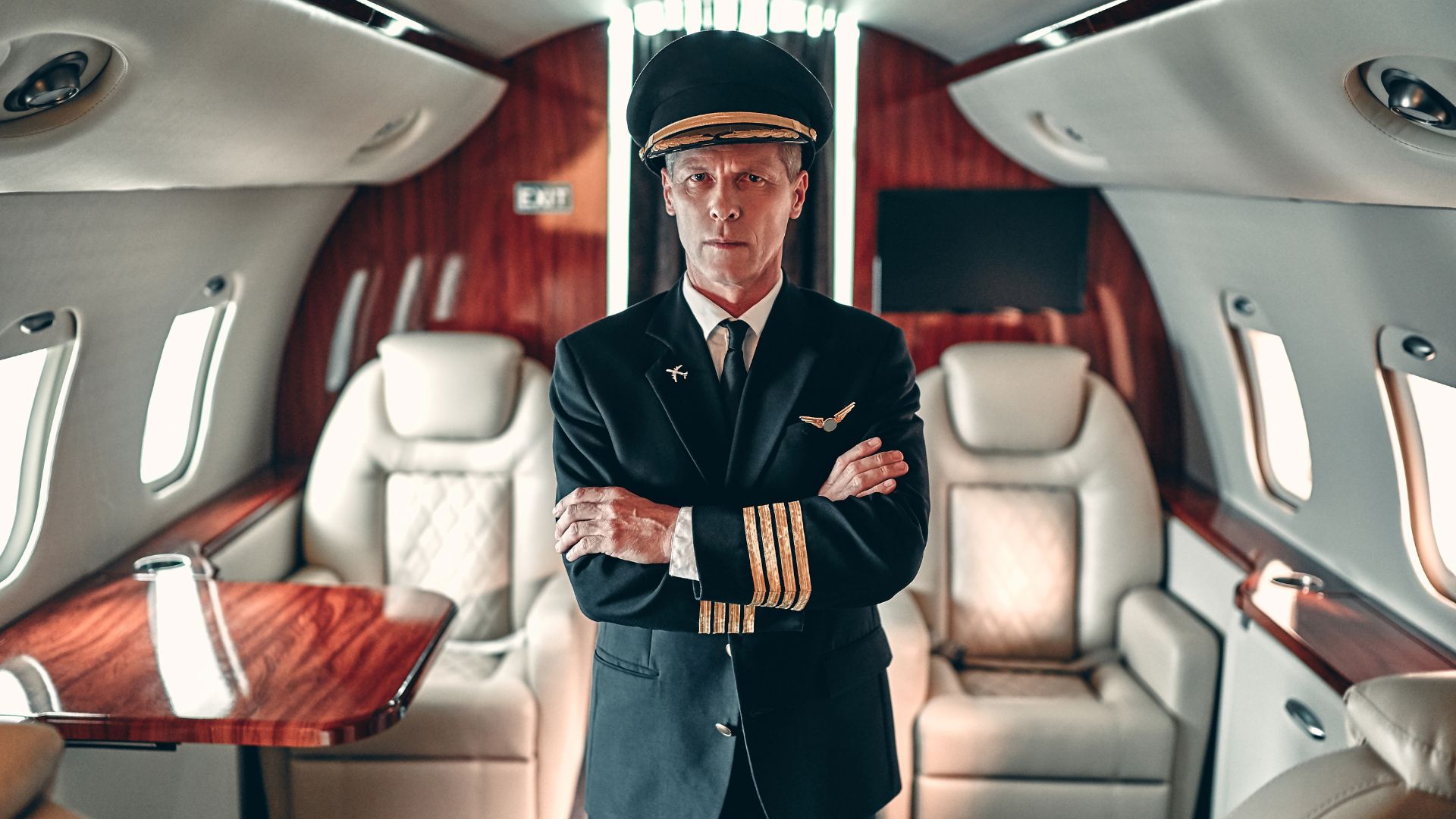Humanity’s desire to take to the skies has led to a remarkable aviation history, filled with daring feats, technological triumphs, and unforgettable personalities. Pilots have been pivotal figures in pushing the boundaries of what’s possible above the clouds, from the Wright brothers’ maiden flight to today’s sophisticated aircraft.
In this article, we celebrate the Top 12 Pilots of All-Time, whose unparalleled skills, bravery, and contributions to aviation have cemented their legacies in the annals of flight history. These individuals have not only mastered the art of flying but have also inspired generations to reach for the stars and chase their aerial dreams.
1. The Wright Brothers (Orville and Wilbur Wright)
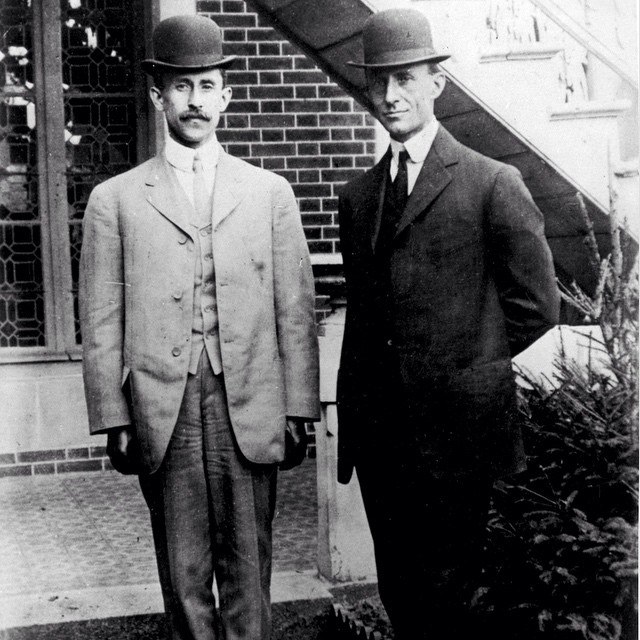
Photo credit: instagram.com
Orville and Wilbur Wright, hailing from Dayton, Ohio, are universally celebrated for achieving the first powered, sustained, and controlled airplane flight on December 17, 1903. Beyond this monumental first flight near Kitty Hawk, North Carolina, their invention and refinement of three-axis control made fixed-wing powered flight possible. Their relentless experimentation and development laid the foundation for modern aeronautics.
The Wrights’ contribution wasn’t just the Wright Flyer; it was their methodical approach to solving the problems of flight. They meticulously documented their work, paving the way for future innovations. Their legacy endures in every aircraft that graces the skies, a testament to their ingenuity and perseverance in unlocking the secrets of the air.
2. Charles Lindbergh
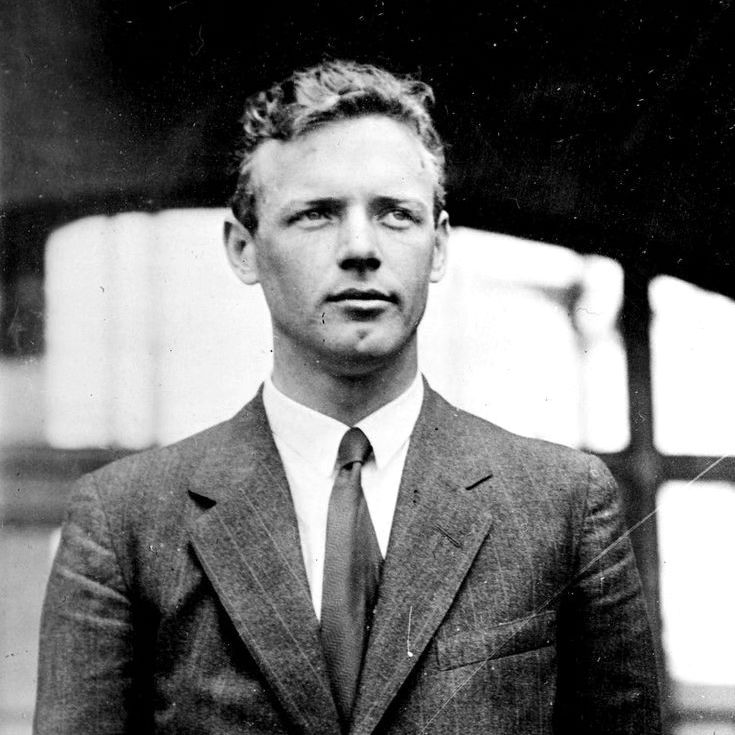
Photo credit: instagram.com
Charles Lindbergh shot to fame with his solo transatlantic flight in 1927. In his custom-built monoplane, the Spirit of St. Louis, Lindbergh flew non-stop from New York to Paris, a feat that had never been accomplished before. This 33-hour journey not only won him the coveted Orteig Prize but also made him an international hero, symbolizing the new era of long-distance air travel and the potential of aviation.
Post his historic flight, Lindbergh remained a prominent figure in aviation. He was instrumental in various aviation advancements and served as a consultant to airlines and aircraft manufacturers. His later life was marked by his contributions to environmental conservation, reflecting his deep respect for the natural world he once soared above.
3. Amelia Earhart
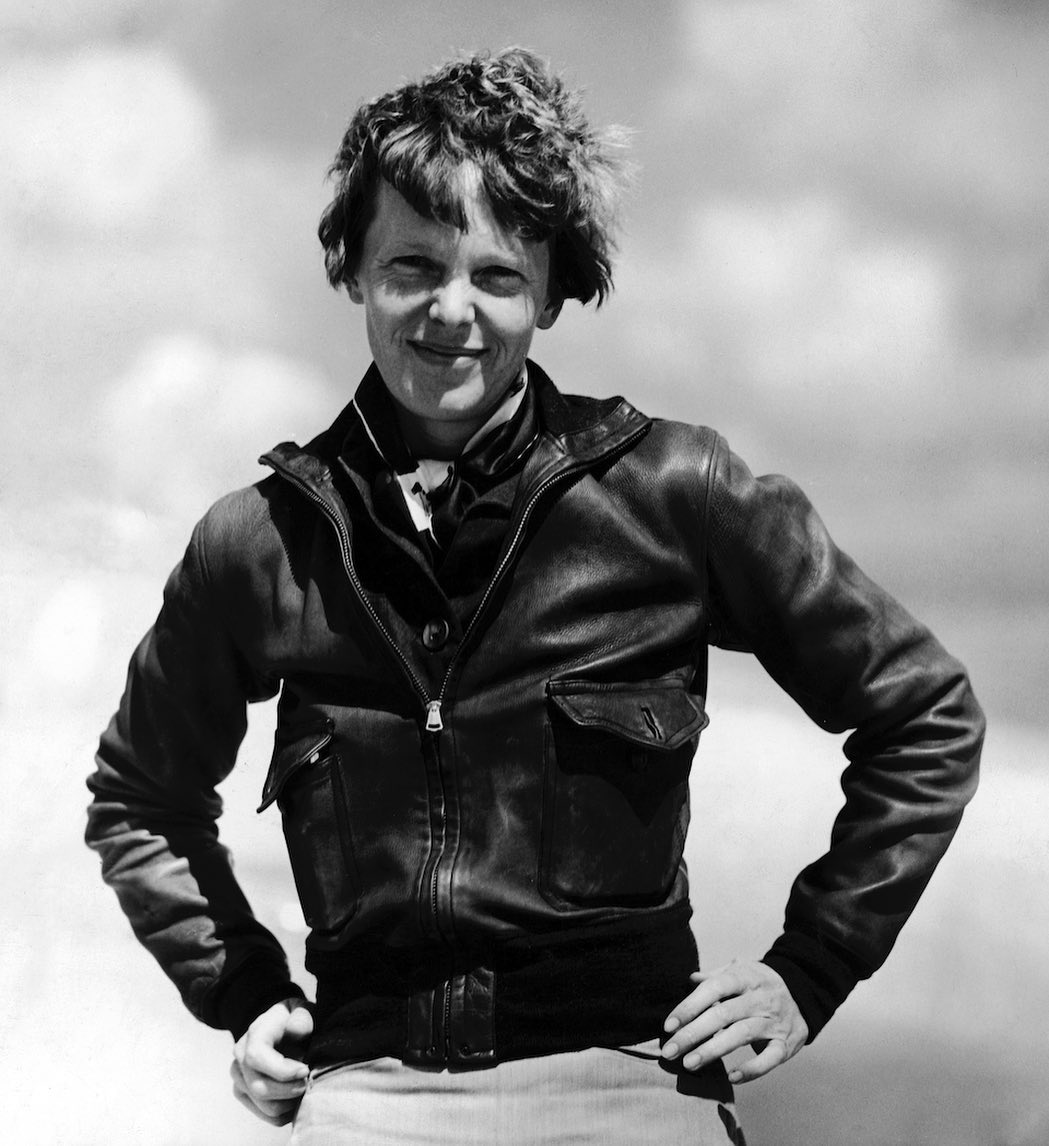
Photo credit: instagram.com
Amelia Earhart, born in 1897, was a pioneering aviator and a symbol of the burgeoning role of women in aviation. She rose to fame in 1932 as the first woman to fly solo across the Atlantic, replicating Charles Lindbergh’s feat but with her own flair and determination. Her accomplishments won her international acclaim and numerous awards, including the Distinguished Flying Cross from the U.S. government.
Earhart’s legacy, however, is tinged with mystery. In 1937, while attempting to circumnavigate the globe, Earhart and her navigator, Fred Noonan, disappeared over the Pacific Ocean. Despite extensive searches, no trace of Earhart, Noonan, or their plane was ever found, leaving their fate one of the greatest unsolved mysteries in the history of aviation.
4. Chuck Yeager
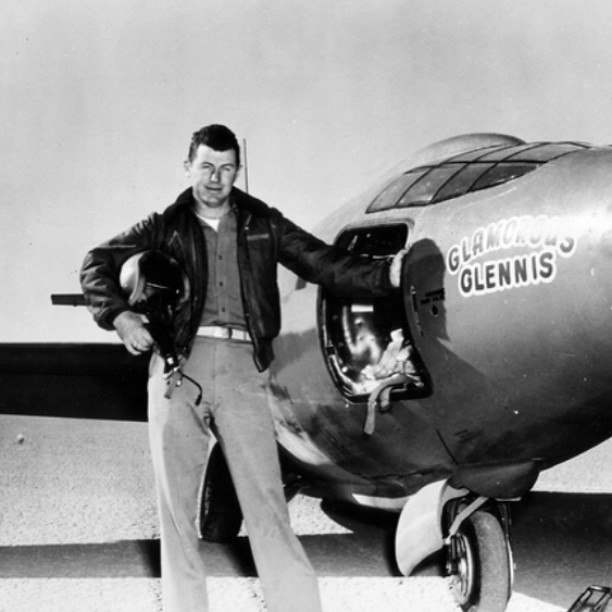
Photo credit: instagram.com
Brigadier General Chuck Yeager is synonymous with breaking the sound barrier. On October 14, 1947, piloting the Bell X-1, Yeager became the first pilot confirmed to have traveled faster than sound. This milestone in the Bell X-1, nicknamed “Glamorous Glennis” in honor of his wife, broke a significant barrier in aeronautics and opened the door for supersonic and space flight.
But Yeager’s accomplishments extend beyond this singular event. A decorated World War II fighter pilot and a test pilot, Yeager’s career spanned several decades, during which he set numerous other speed and altitude records. His fearless approach to flying and his contributions to flight test research greatly advanced the understanding of high-speed flight.
5. Baron Manfred von Richthofen
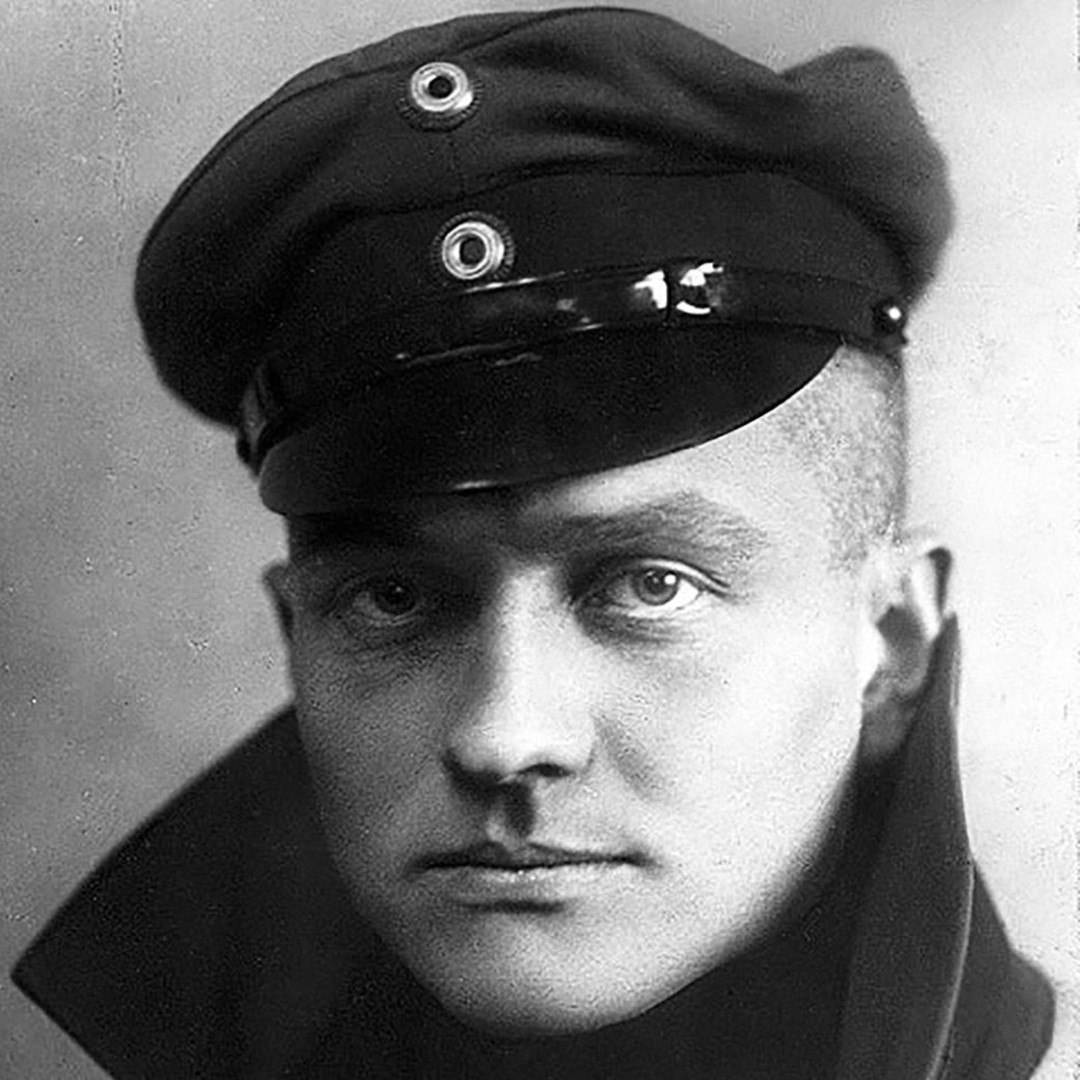
Photo credit: instagram.com
Baron Manfred von Richthofen, famously known as the “Red Baron,” was one of the most feared and respected fighter pilots during World War I. Born into an aristocratic Prussian family in 1892, Richthofen initially served as a cavalry officer before the static trench warfare on the Western Front led to his transfer to the Air Service.
He quickly demonstrated a remarkable aptitude for aviation, becoming one of the most skilled fighter pilots of the war. Richthofen was credited with 80 air combat victories, making him the ace-of-aces of the war. His iconic red Fokker Dr.I triplane made him a recognizable figure on both sides of the conflict and a celebrated hero in Germany.
The Red Baron’s tactics and aerial strategies were revolutionary at the time. He authored “The Red Fighter Pilot,” a book in which he detailed his experiences and thoughts on air combat. His approach to dogfights, emphasizing the importance of position, surprise, and decisive action, influenced generations of military aviators. Richthofen’s legacy, however, is a complex one.
He was a symbol of chivalry and prowess in the air but also a participant in a war marked by unprecedented destruction. His death on April 21, 1918, following a combat mission over the Somme River, was widely mourned and marked the end of an era in the history of aerial combat. The Red Baron remains a figure of fascination and respect, a testament to the skill and bravery of early military aviators.
6. Florence “Pancho” Barnes
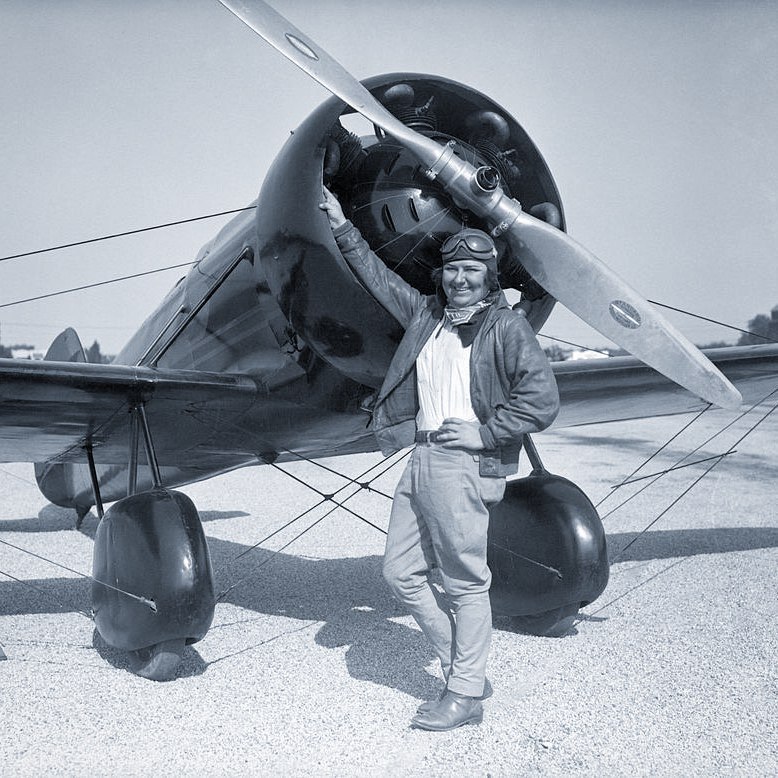
Photo credit: instagram.com
Florence “Pancho” Barnes was a renowned American aviator who broke barriers and set records in a field dominated by men in the early 20th century. Born in 1901 into a wealthy family, Barnes’s adventurous spirit led her to aviation, where she quickly made her mark. She gained fame in 1930 by breaking Amelia Earhart’s airspeed record, becoming the “Fastest Woman on Earth.”
Her fearless personality and flying skills made her a legend in her own time. Barnes was not only a skilled pilot but also a charismatic figure, known for her vivacious personality and her ability to navigate the male-dominated world of early aviation with grit and humor.
Beyond her achievements in the cockpit, Barnes’s contributions to aviation extend to her support of the aviation community. During World War II, she established the Happy Bottom Riding Club near what is now Edwards Air Force Base. This establishment became a famous gathering place for test pilots and aviation enthusiasts, including figures like Chuck Yeager and Buzz Aldrin.
Her ranch served as a social hub and a supportive environment for pilots and airmen. Barnes’s life was marked by both spectacular achievements and challenges, including business struggles and legal battles, yet she remained an enduring figure in the history of aviation, celebrated for her pioneering spirit and her significant role in the early days of flight.
7. Bessie Coleman
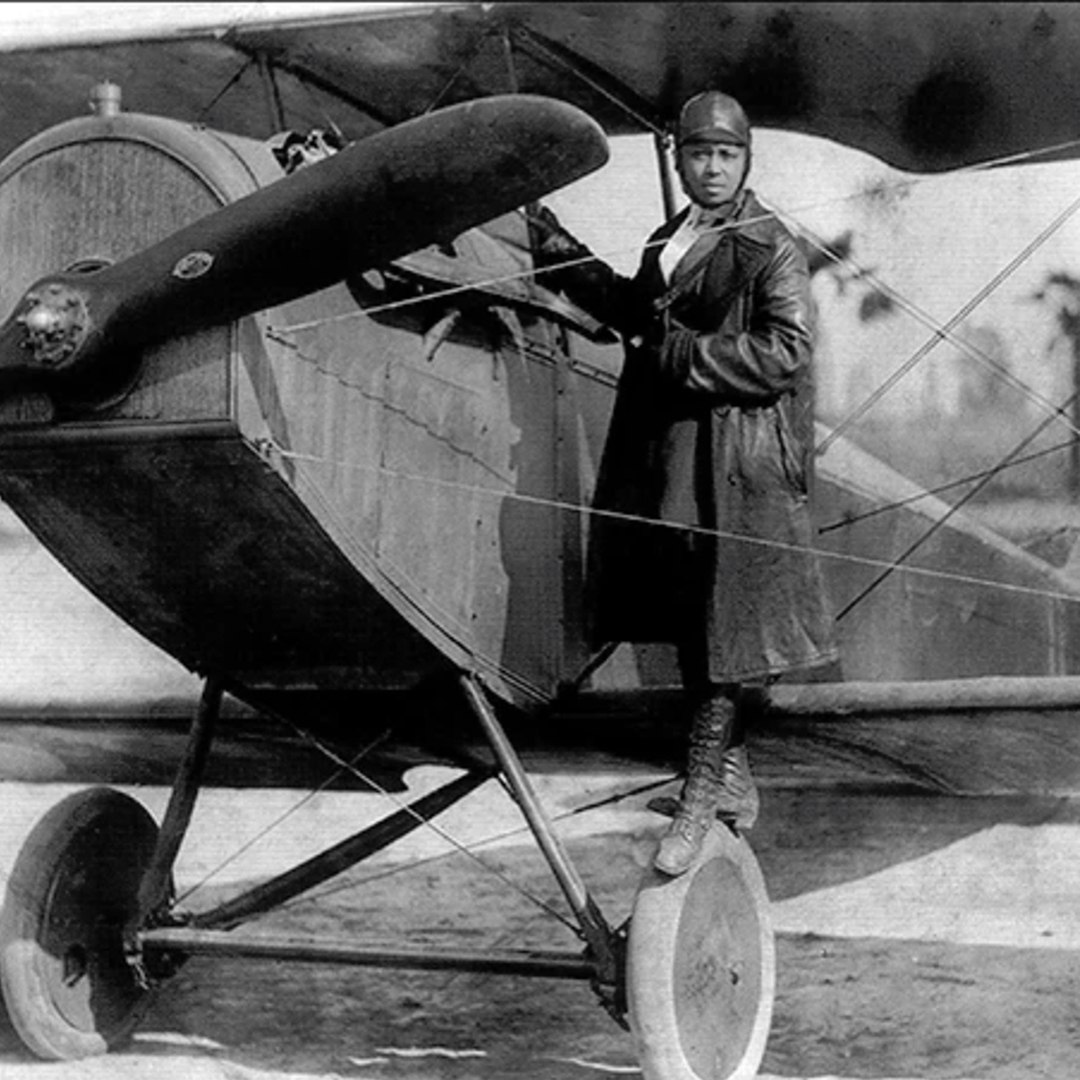
Photo credit: instagram.com
Bessie Coleman, born in Texas in 1892, overcame the double barriers of racial and gender prejudice to become the first African American woman and the first Native American to earn a pilot license. Denied pilot training in the United States, she learned French and traveled to France, earning her license from France’s well-respected Caudron Brother’s School of Aviation in just seven months.
Returning to the U.S., Coleman became a high-profile pilot in air shows, known for her daring aerial maneuvers. She was an advocate for African American and female participation in aviation, often refusing to perform where the audiences were segregated. Coleman’s trailblazing career and advocacy work laid the groundwork for future generations of diverse aviators.
8. Jimmy Doolittle
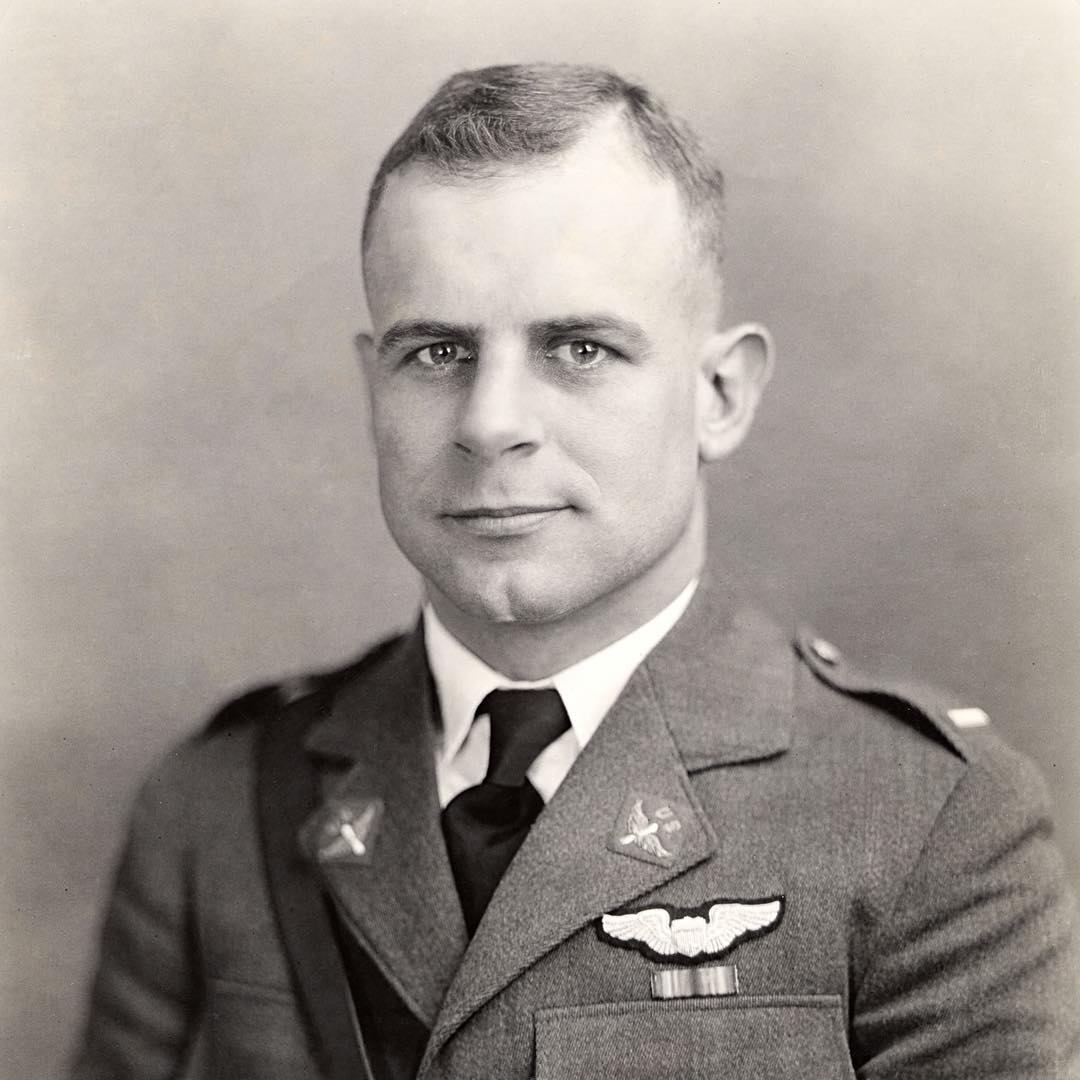
Photo credit: instagram.com
Jimmy Doolittle was an American aviation pioneer, a decorated military pilot, and a general in the United States Air Force. His most famous feat was the Doolittle Raid in 1942, a counterattack after Pearl Harbor. Leading sixteen B-25 bombers from the aircraft carrier USS Hornet, Doolittle’s raid on Tokyo and other Japanese cities provided a crucial morale boost to the United States.
Doolittle’s career encompassed numerous achievements in both peacetime and wartime. He earned a doctorate in aeronautics from MIT and was instrumental in the development of instrument flying. His contributions to both military and civilian aviation have had a lasting impact on how pilots are trained and how aircraft are flown.
9. Jacqueline Cochran
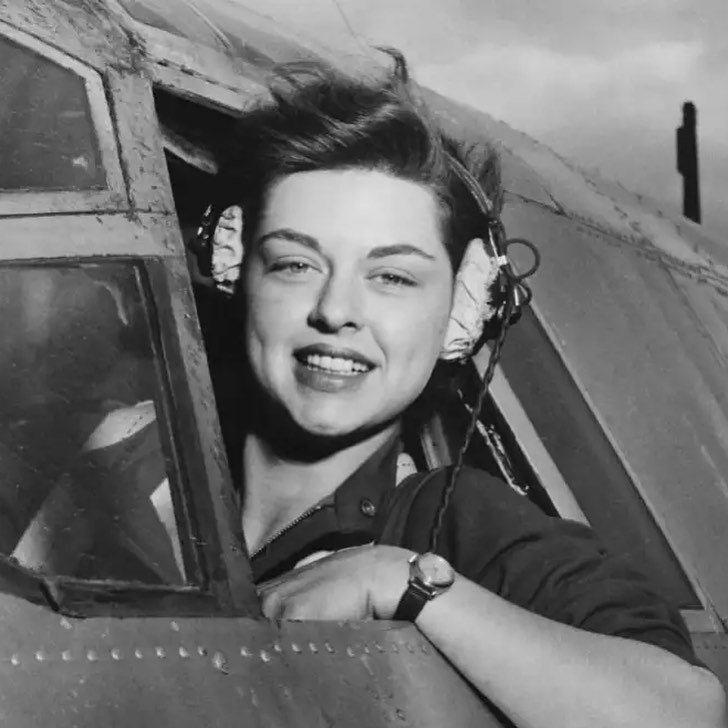
Photo credit: instagram.com
Jacqueline Cochran was an American pilot who pushed the boundaries of female achievement in aviation. She became the first woman to break the sound barrier in 1953, flying an F-86 Sabre jet. Her list of accomplishments is extensive: she held more speed, distance, and altitude records than any other pilot, male or female, at the time of her death.
Cochran’s role as the director of the Women Airforce Service Pilots (WASP) during World War II was equally significant. She led this civilian women pilots’ organization, which flew military aircraft under her guidance, proving women’s aviation capabilities. Cochran’s relentless pursuit of excellence helped pave the way for women in the field of aviation.
10. Jean Batten
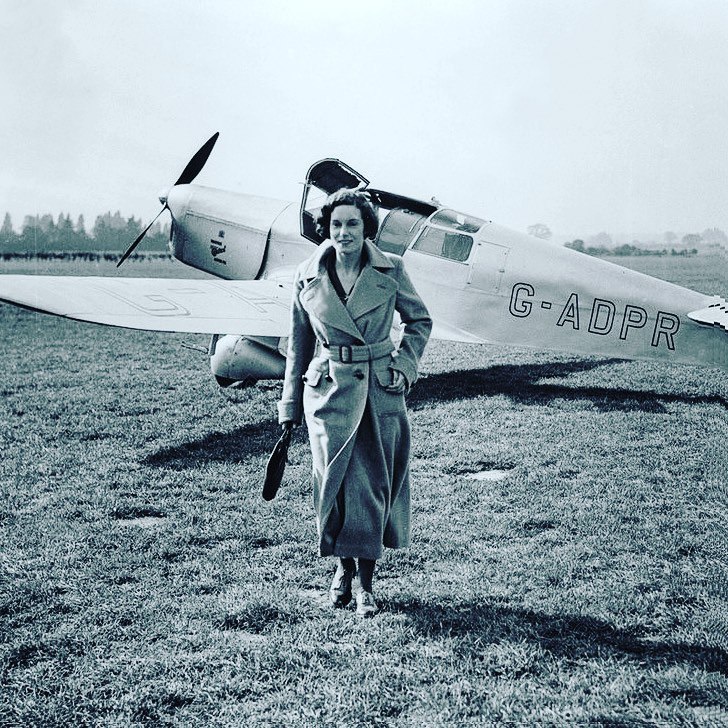
Photo credit: instagram.com
Jean Batten, a New Zealand aviator, made significant contributions to aviation in the 1930s. She gained international fame for her record-breaking solo flights across the world. Her most notable achievements include the first solo flight from England to Australia by a woman in 1934 and the fastest flight from England to South America in 1935.
Batten was celebrated for her daring and skill, earning her the nickname “Garbo of the Skies” for her glamorous image and reclusive nature. Her achievements were a source of immense national pride in New Zealand and inspired a generation of women to pursue their dreams in the skies.
11. John Alcock and Arthur Brown
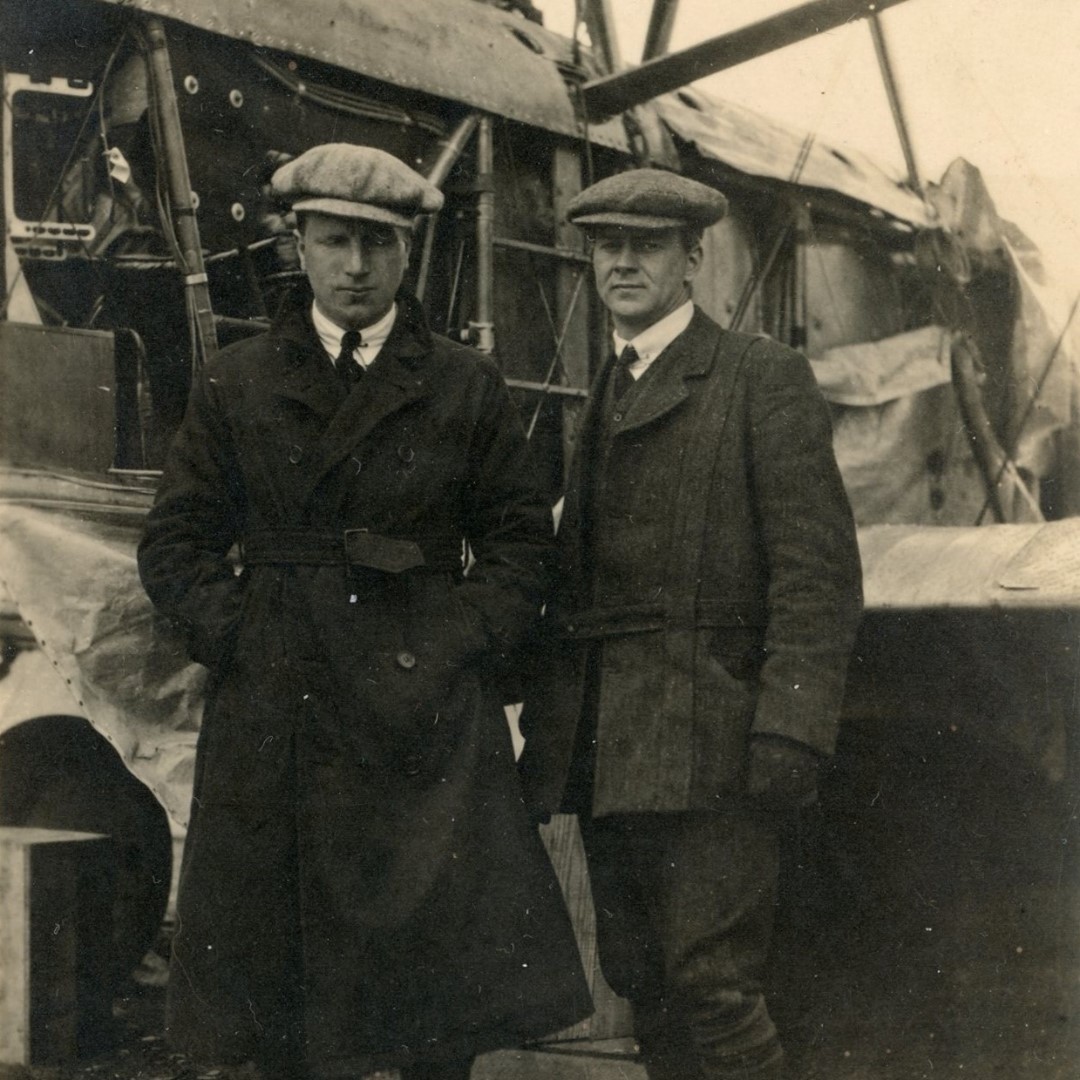
Photo credit: instagram.com
John Alcock and Arthur Brown achieved the first non-stop transatlantic flight in 1919, flying a modified Vickers Vimy bomber from Newfoundland to Ireland. This pioneering flight demonstrated the potential of long-distance air travel and laid the groundwork for future transoceanic flights.
Their daring journey was fraught with challenges, including fog, snow, and ice, but their successful landing in a bog in Clifden, Ireland, was celebrated worldwide. This historic flight was a significant milestone in aviation, showcasing the resilience and ingenuity of its pilots.
12. Noel Wien
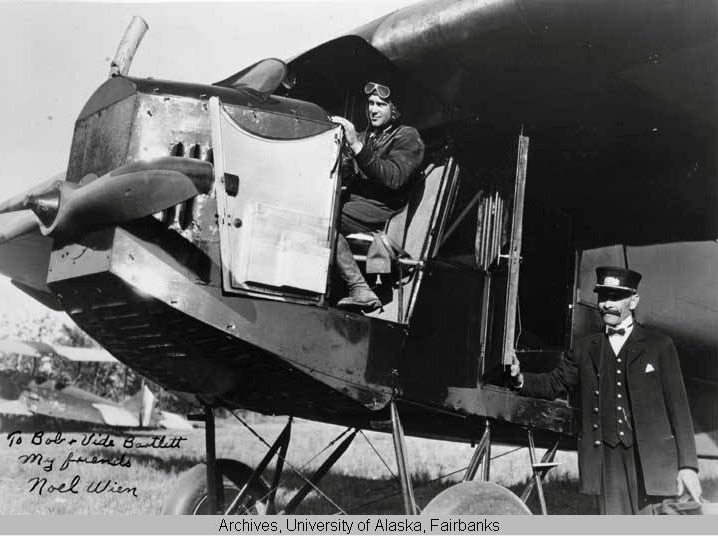
Photo credit: facebook.com
Noel Wien, recognized as one of the pioneering aviators in Alaska, left an indelible mark on the history of flight in the Arctic regions. Born in 1899 in Minnesota, Wien moved to Alaska in 1924, drawn by the vast, unexplored territories and the potential for aviation in this challenging environment.
He is credited with many “firsts” in Alaskan aviation, including the first flight across the Arctic Circle and the first non-stop flight from Fairbanks to Seattle. His ventures were instrumental in demonstrating the viability of air transport in Alaska, a region where transportation options were severely limited due to its rugged terrain and harsh weather conditions.
Wien’s contributions went beyond mere exploration. He founded Wien Alaska Airways in 1927, which became a cornerstone of transportation in Alaska and contributed significantly to the development of the Alaskan interior. His understanding of the unique challenges of flying in Arctic conditions set standards for bush flying techniques, navigation, and survival.
Wien’s career was marked by innovation, courage, and a deep commitment to making air travel safe and reliable in one of the world’s most demanding flying environments. His legacy is reflected in the robust aviation industry in Alaska today, where his pioneering spirit continues to inspire pilots and adventurers.

